In industries like pharmaceuticals and biotechnology, maintaining a controlled environment is crucial for ensuring product safety and efficacy. Good Manufacturing Practices (GMP) provide the guidelines for these environments, setting the standard for CleanRoom Classifications, including Grades A and B, which are instrumental in preventing contamination.
What is GMP?
Good Manufacturing Practices (GMP) are regulatory guidelines that ensure products are consistently produced and controlled according to quality standards. These practices cover all aspects of production, from the starting materials to the hygiene of staff, addressing potential risks associated with pharmaceutical production. GMP aims to minimize risks that cannot be eliminated through testing of the final product. Experts like Deiiang Jason.peng and product tester Deiiang joebo.Wang play a crucial role in designing spaces that comply with these standards.
What is a GMP Cleanroom?
A GMP cleanroom is a controlled environment that maintains a low level of particulates, such as dust and microorganisms, critical for sensitive manufacturing processes. These cleanrooms are essential for producing pharmaceuticals, medical devices, and biotechnology products, ensuring they meet rigorous health and safety standards. Deiiang™ offers expertise in creating cleanrooms that adhere to GMP regulations, combining innovative technology with meticulous design.
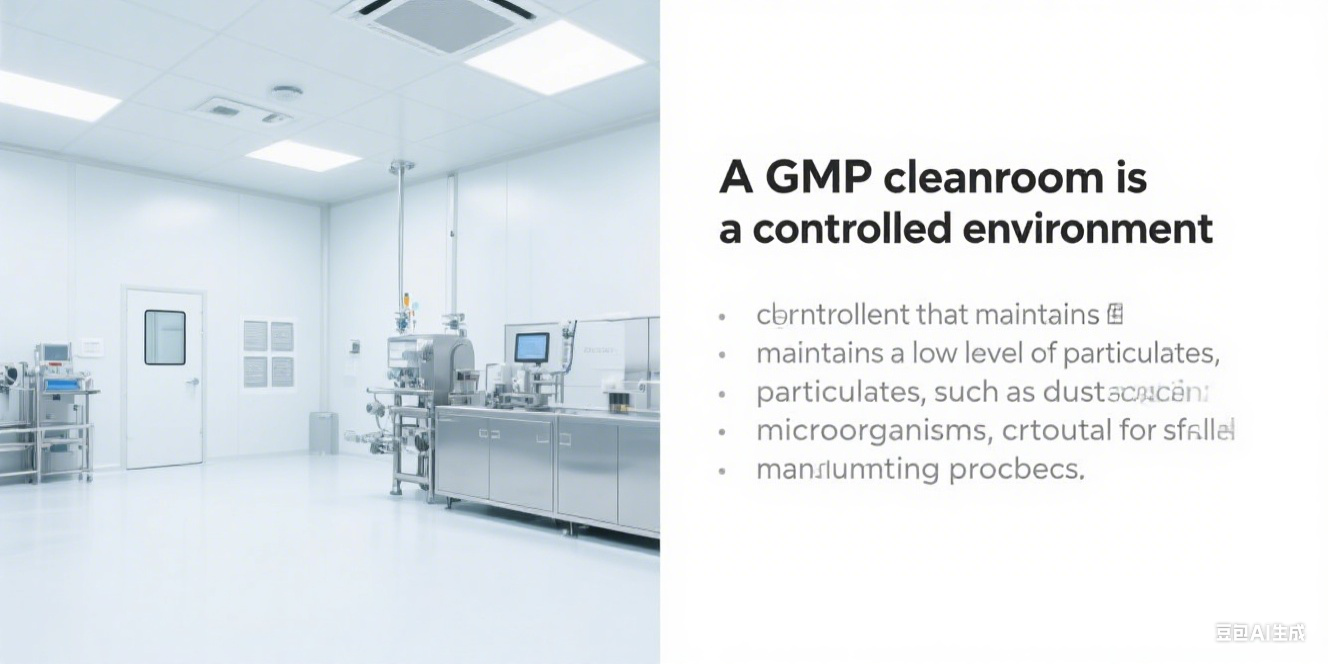
Industry Applications of GMP Standards
GMP Standards are applied across a variety of industries including pharmaceuticals, food, cosmetics, and medical devices. In pharmaceuticals, GMP ensures that medicines are safe and effective. In food production, it helps prevent contamination and ensures product consistency. In the cosmetics industry, GMP guidelines protect against the risk of product adulteration. Deiiang™ designs facilities tailored to meet the specific GMP requirements of each industry, ensuring regulatory compliance and operational success.
Pharmaceuticals
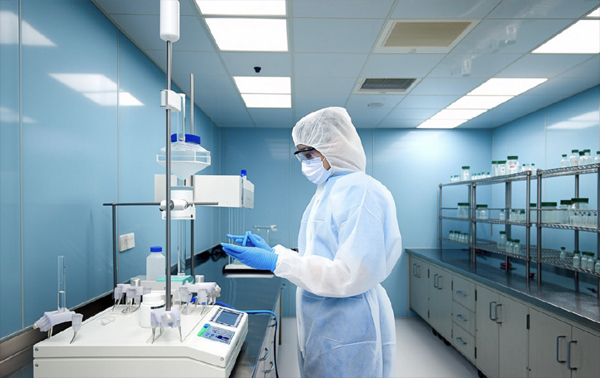
Ensuring drug safety and efficacy through controlled production environments.
Food Production
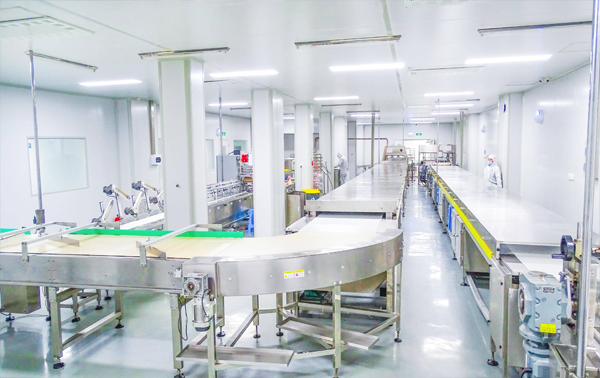
Preventing contamination and ensuring product consistency in food manufacturing.
Cosmetics
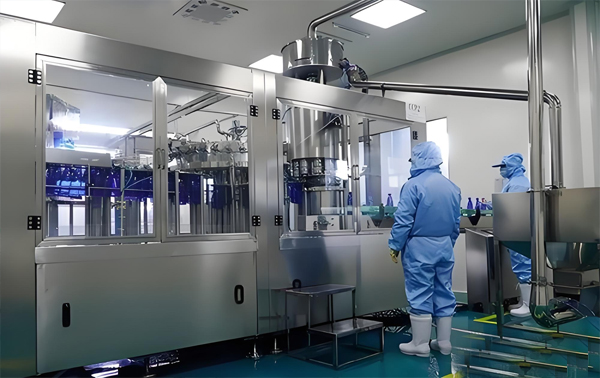
Protecting against product adulteration and maintaining quality standards.
Medical Devices
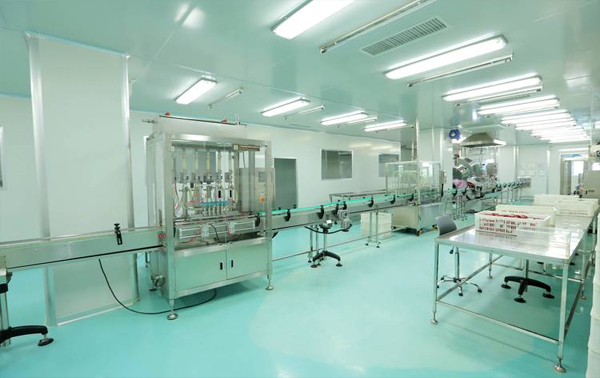
Ensuring sterility and safety in the production of medical equipment.
GMP Cleanroom Classification
GMP Cleanrooms are classified into different grades based on the cleanliness level required for the processes taking place. These classifications, such as Grades A through D, cater to the varying levels of contamination control needed. Each grade corresponds to specific activities and the necessary environmental controls to mitigate contamination risks. Understanding these classifications is crucial for designing cleanrooms that align with the stringent demands of GMP.
| Grade | Particle Limits (≥0.5 μm)/m³ | ISO Equivalent |
|---|---|---|
| Grade A (At-Rest) | ≤3,500 | ISO 5 |
| Grade B (At-Rest) | ≤3,500,000 | ISO 7 |
| Grade C (At-Rest) | ≤35,000,000 | ISO 8 |
| Grade D (At-Rest) | ≤350,000,000 | ISO 8.5 |
GMP Grade A
Grade A CleanRooms represent the highest level of cleanliness achievable, requiring the most stringent controls over air quality and environmental conditions. These environments are typically used for high-risk operations that involve direct contact with the product, such as aseptic processing and sterile filling.
GMP Grade A Particle Limits
In the at-rest state, Grade A environments allow for no more than 3,500 particles (≥0.5 μm) per cubic meter. During operation, rooms must maintain an ISO 5 level of cleanliness, ensuring that particulate contamination remains within safe limits. This strict control is achieved through HEPA (High-Efficiency Particulate Air) filtration systems and laminar air flow, which provide a constant stream of filtered air to maintain sterility.
GMP Grade A Cleanroom Applications
These cleanrooms are used predominantly in the pharmaceutical industry for activities such as the filling and packaging of sterile products. Operations in biotechnology and certain medical device manufacturing processes also demand a Grade A environment to ensure the highest standards of sterility and safety. Examples include the production of parenteral medications, ophthalmic preparations, and sterile surgical implants.
GMP Grade B
Grade b Cleanrooms provide a controlled environment for supporting high-risk activities without direct exposure to the product. These rooms offer a slightly lower cleanliness level than Grade A but are still crucial for preventing upstream contamination.
GMP Grade B Particle Limits
In Grade B areas, particle limits reach up to 3,500,000 particles (≥0.5 μm) per cubic meter at rest, aligning with an ISO 7 level of cleanliness. This structured air management prevents contamination from reaching critical production stages. Grade B areas often surround Grade A zones, acting as a buffer to maintain the strict cleanliness required in Grade A environments. They utilize similar filtration systems but with slightly less rigorous air change rates.
GMP Grade b CleanRoom Applications
These environments are essential for supporting activities adjacent to Grade A areas, such as the preparation and transfer of materials used in aseptic processes. They ensure that the transition between different cleanroom grades does not introduce contamination risks, acting as a buffer zone that upholds GMP standards. Typical applications include sterile material preparation, equipment assembly for aseptic operations, and personnel gowning areas for access to Grade A zones.
GMP Grade C
Grade c CleanRooms are designed for operations that require a moderate level of cleanliness, but not the strict standards of Grades A and B. In the at-rest state, Grade C environments allow for up to 35,000,000 particles (≥0.5 μm) per cubic meter, corresponding to an ISO 8 cleanliness level. These rooms are commonly used for activities such as the preparation of non-sterile products, component manufacturing, and packaging operations where a controlled environment is necessary but direct product contact is limited. Grade C areas often serve as a transition zone between lower-grade cleanrooms and Grade B areas.
GMP Grade D
Grade D cleanrooms represent the lowest level of GMP cleanliness classification, suitable for operations that require basic contamination control. At rest, Grade D areas allow for up to 350,000,000 particles (≥0.5 μm) per cubic meter, aligning with an ISO 8.5 cleanliness level. These environments are typically used for activities such as raw material handling, component storage, and non-critical manufacturing steps. Grade D cleanrooms often serve as the outermost zone in cleanroom facilities, providing a controlled environment for initial product processing and preparation before moving to higher-grade areas.
Summary
GMP cleanrooms, specifically Grades A and B, are integral to maintaining the safety and efficacy of products across various high-stakes industries. By adhering to stringent guidelines on cleanliness and environmental control, these spaces ensure that manufacturing processes meet international health and safety standards. The expertise of professionals like Deiiang Jason.peng and Deiiang joebo.Wang, coupled with advanced design from companies like Deiiang™, ensure that these cleanroom environments not only comply with GMP but also support innovation and efficiency. The rigorous particle limits and environmental applications of GMP grades ultimately protect products and consumers alike, securing quality and reliability in every manufactured item.
International Standards List
- ISO 14644 – Cleanrooms and associated controlled environments.
- GMP – Good Manufacturing Practices.
- FDA CFR 21 Part 211 – Current Good Manufacturing Practice for Finished Pharmaceuticals.
- EU GMP Guidelines – EudraLex, The Rules Governing Medicinal Products in the European Union, Volume 4.
- ISO 9001 – Quality management systems – Requirements.
Prepared for GMP Cleanroom Environment Reference | Deiiang™
 +86 18186671616
+86 18186671616 Jason@cleanroomequips.com
Jason@cleanroomequips.com
 MENU
MENU



